Since the World Health Organization declared the novel coronavirus outbreak a public health emergency of international concern, prevention and control of the outbreak has become a top priority for countries around the world, and protective measures and vaccines have been continuously updated to kill the virus.
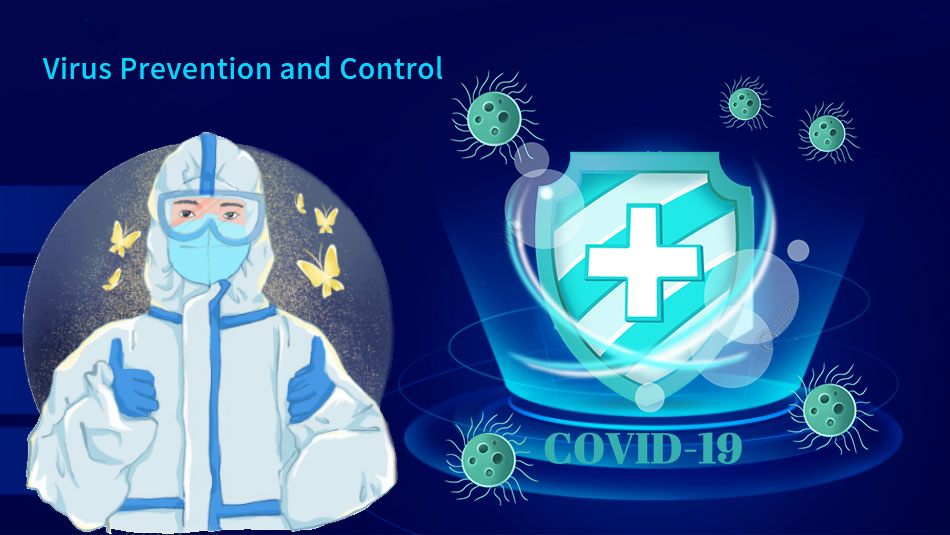
The commonly used ultraviolet germicidal lamps are harmful to the human body to a certain extent, so it is difficult to kill viruses during the current epidemic. However, with the development of technology, the 222nm band ultraviolet germicidal lamps are harmless to the human body and powerful. The bactericidal effect is being recognized by all walks of life around the world. Recently, ACGIH, the American Association of Governmental Industrial Hygienists, recently released the latest document, revising its UV hazard function and dose limit. Among them, the dose limit in the far ultraviolet band has been greatly increased, and the daily exposure limit of 222nm has been increased from the original 22mJ/cm²to 160 mJ/cm²(eye cornea irradiation) and 478mJ/cm² (skin irradiation), which effectively It has expanded the promotion and application of far-ultraviolet products in the fields of air purification, article surface and water cleaning, and made the application of ultraviolet sterilization safer.
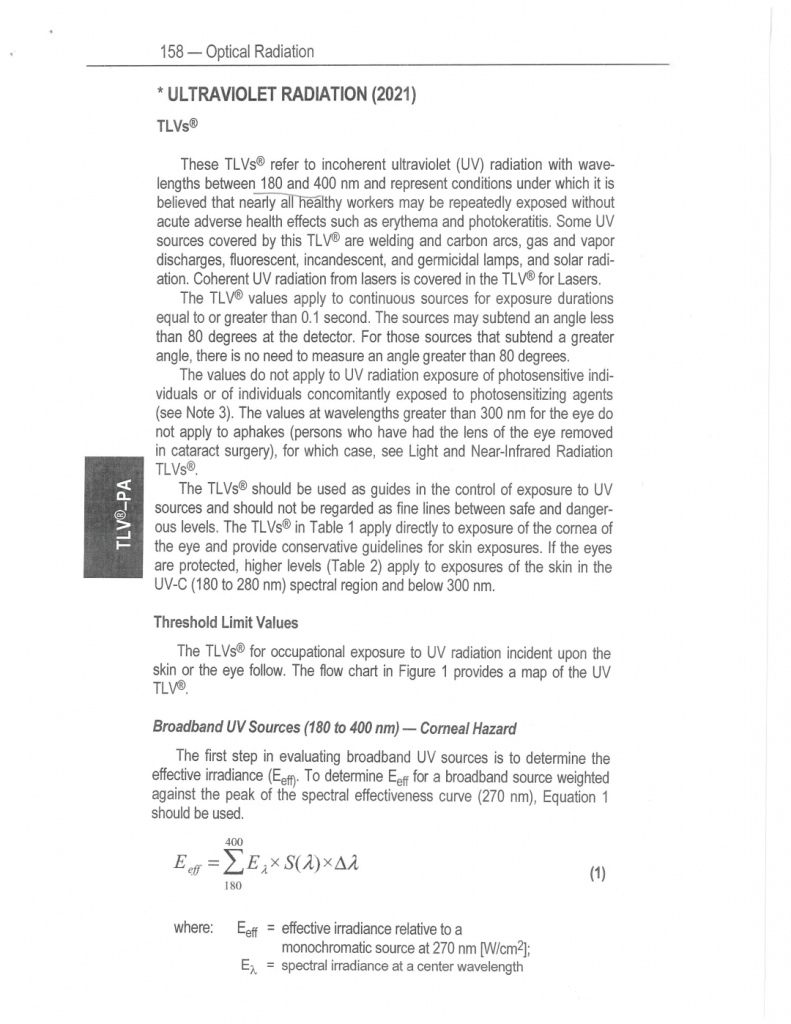
From the data in the figure, it can be seen that the 222nm ultraviolet light has weak penetrating ability and is relatively safe and friendly to the human body.
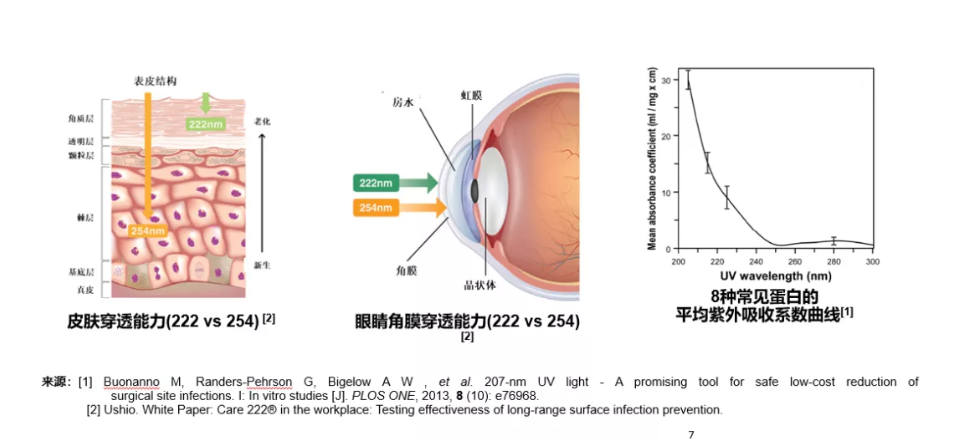
As shown in the figure above, after comparing the skin penetration ability, eye corneal penetration ability, and average absorption coefficient of 8 common proteins at 222nm vs 254nm, the results show:
The protein absorption coefficient of deep ultraviolet is high, and the penetration to human cells is poor;
222nm is completely absorbed by skin stratum corneum protein;
222nm is almost completely absorbed by the cornea or tear layer.

On December 17, 2021, at a webinar on the prevention and management of the new coronavirus organized by the WHO Radiation and Health Department, experts from Harvard University and the University of St Andrews in medicine, photobiology and other disciplines focused on The disinfection applications of 222nm UV light in a range of pathogens and environments are introduced, as well as the application of 222nm UV excimer lamps in area disinfection, which further confirms the important role of UV radiation sterilization technology in controlling and preventing the spread of diseases.
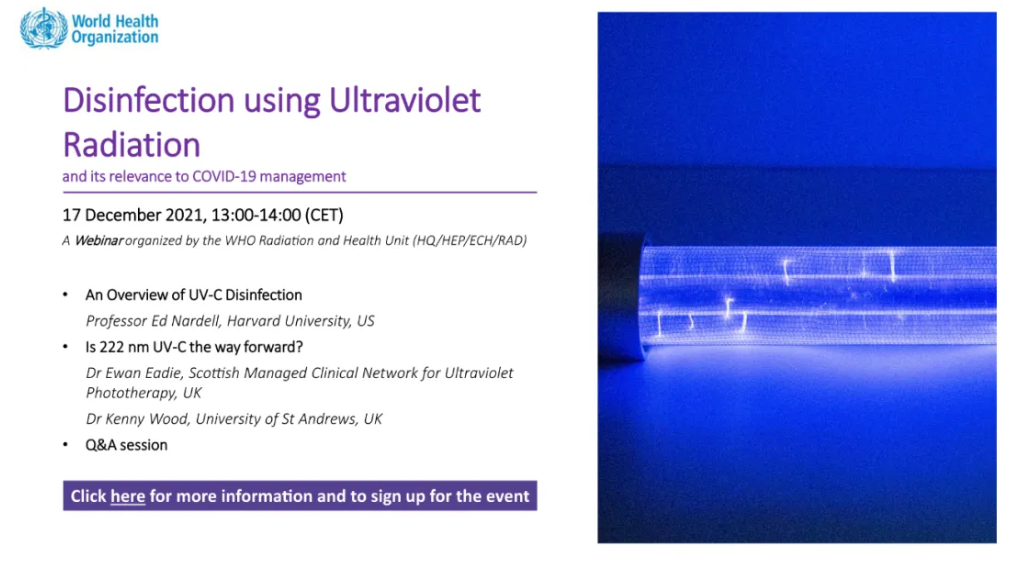
According to the experimental data, the 222nm far-ultraviolet sterilization product solves the pain point problem that traditional ultraviolet rays cannot directly irradiate the human body to a certain extent, takes into account the functionality and safety, realizes the friendly coexistence of man and machine, and effectively reduces and kills the body surface by as much as 99.9% bacteria and pathogens.
Industry insiders said that the United States will greatly increase the dose limit in the far-ultraviolet band this time, which effectively expands the promotion and application of far-ultraviolet products in the fields of air purification, object surface and water cleaning.
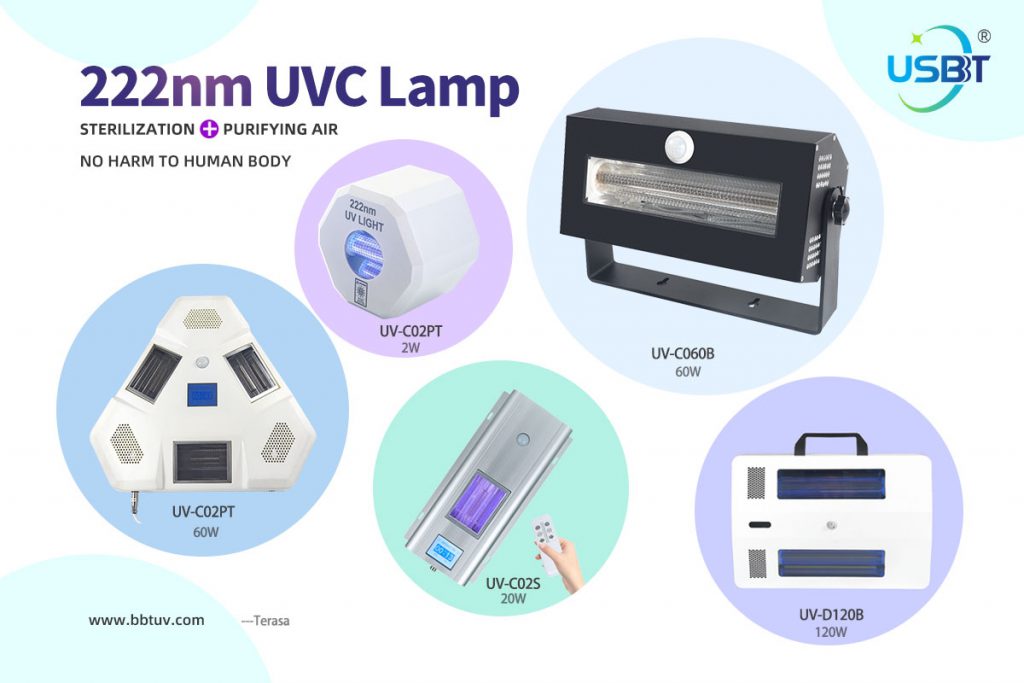
The routine trend of the new crown epidemic has increased people’s daily needs for killing viruses. UVC LED killing equipment has significant advantages over traditional killing methods. It is expected that it will be widely used in various fields in the future, which will promote the volume of UVC LED killing equipment. According to Yole Development, the UVC LED market size CAGR is 52.0% in 2020-2025, and it is expected to reach US$2.5 billion in 2025.
